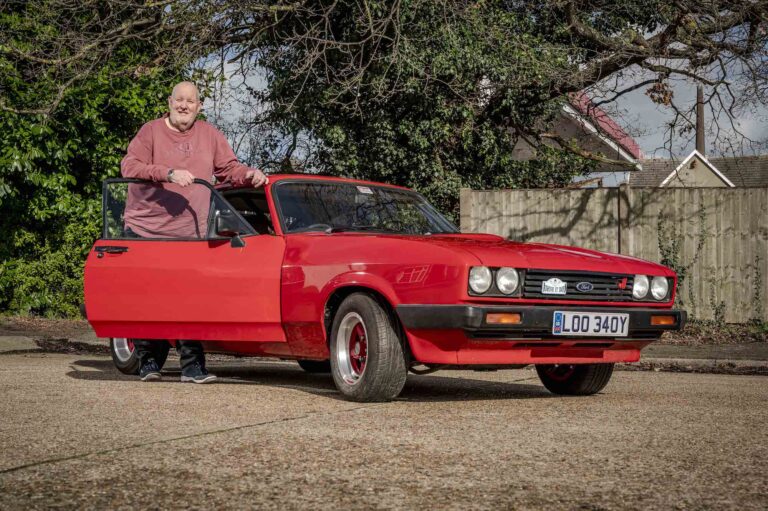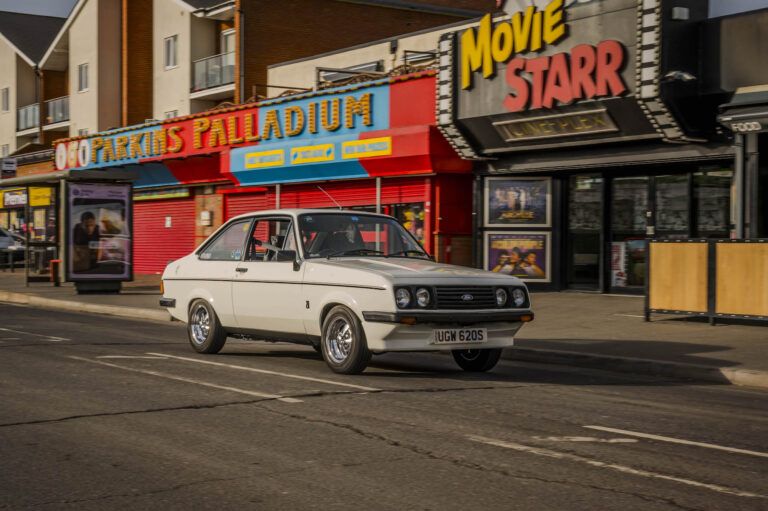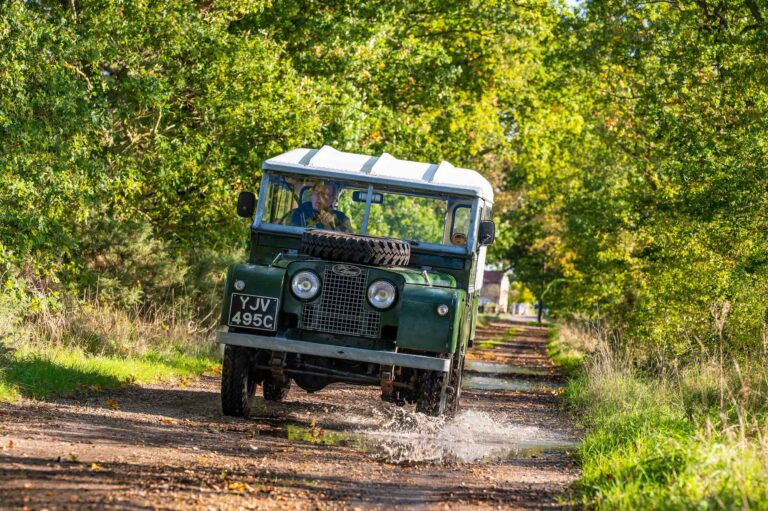Deep in the Norfolk countryside lurks a sprawling bungalow set in two acres of land.
Until recently, horses belonging to a riding school would graze in the peaceful surroundings and bed down in the barns and stables to the rear.
But since Nigel Davis and his brother Neal moved into the property at Carleton Rode, south of Norwich, a different type of horsepower has taken over in the barns, a new purpose-built workshop and the surrounding country lanes.
For the brothers, former British tractor pulling champions, have amassed a collection of around 20 classic vehicles and motoring paraphernalia, among them rare examples of an Ashley 750 and one of only three Strada cars made, plus a 27-litre Rolls-Royce engine from a Centurion tank, and a 65-tonne crane.
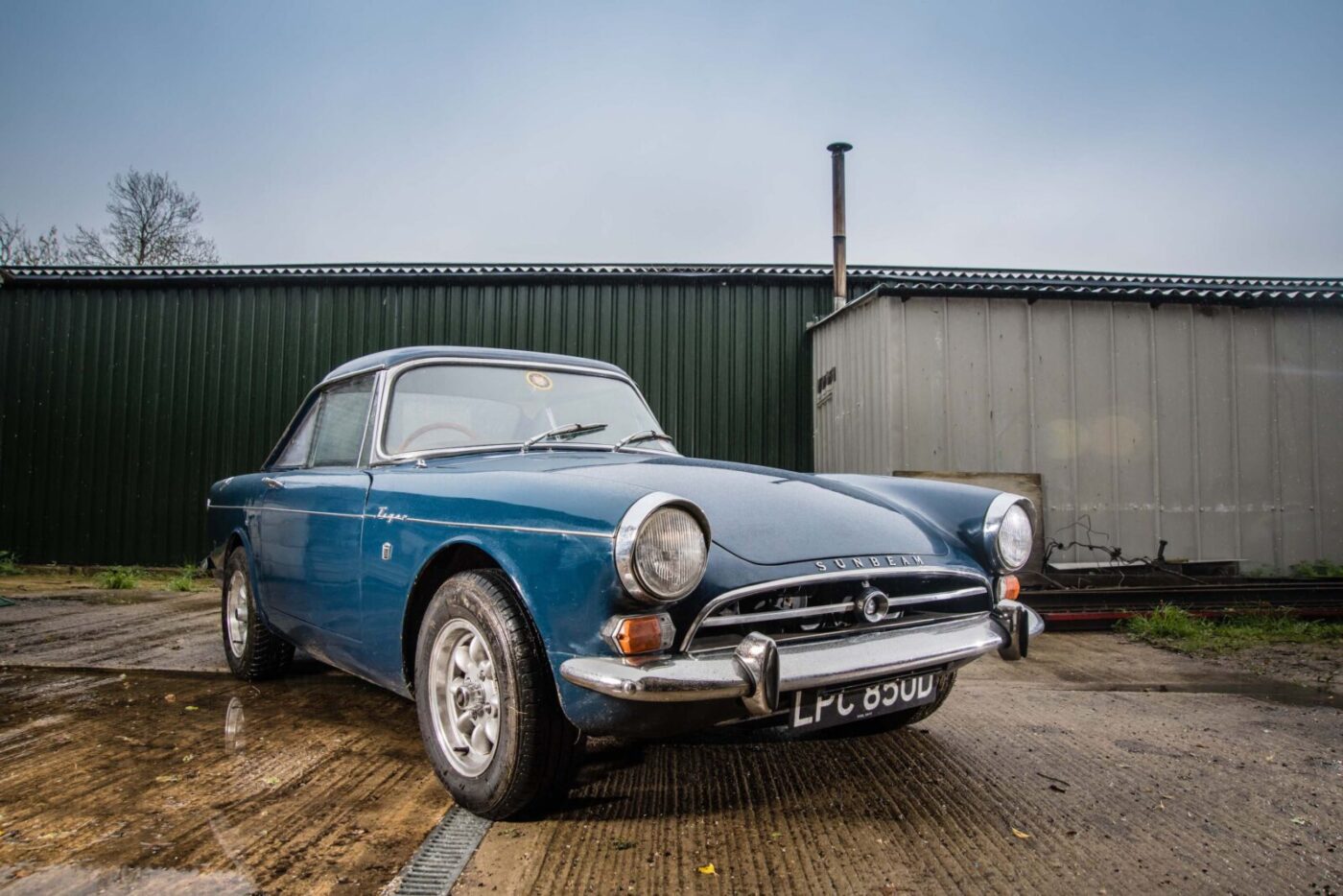
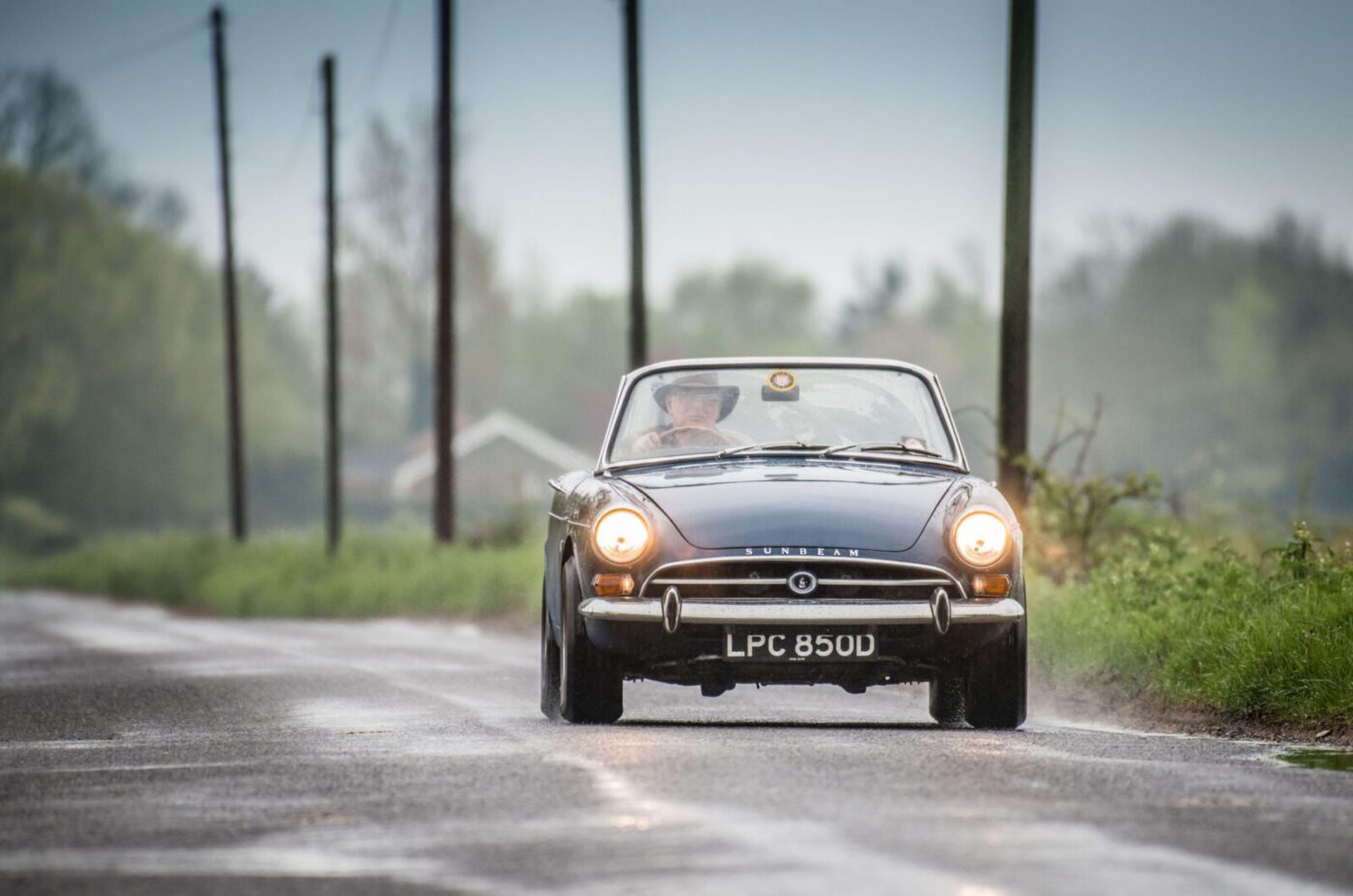
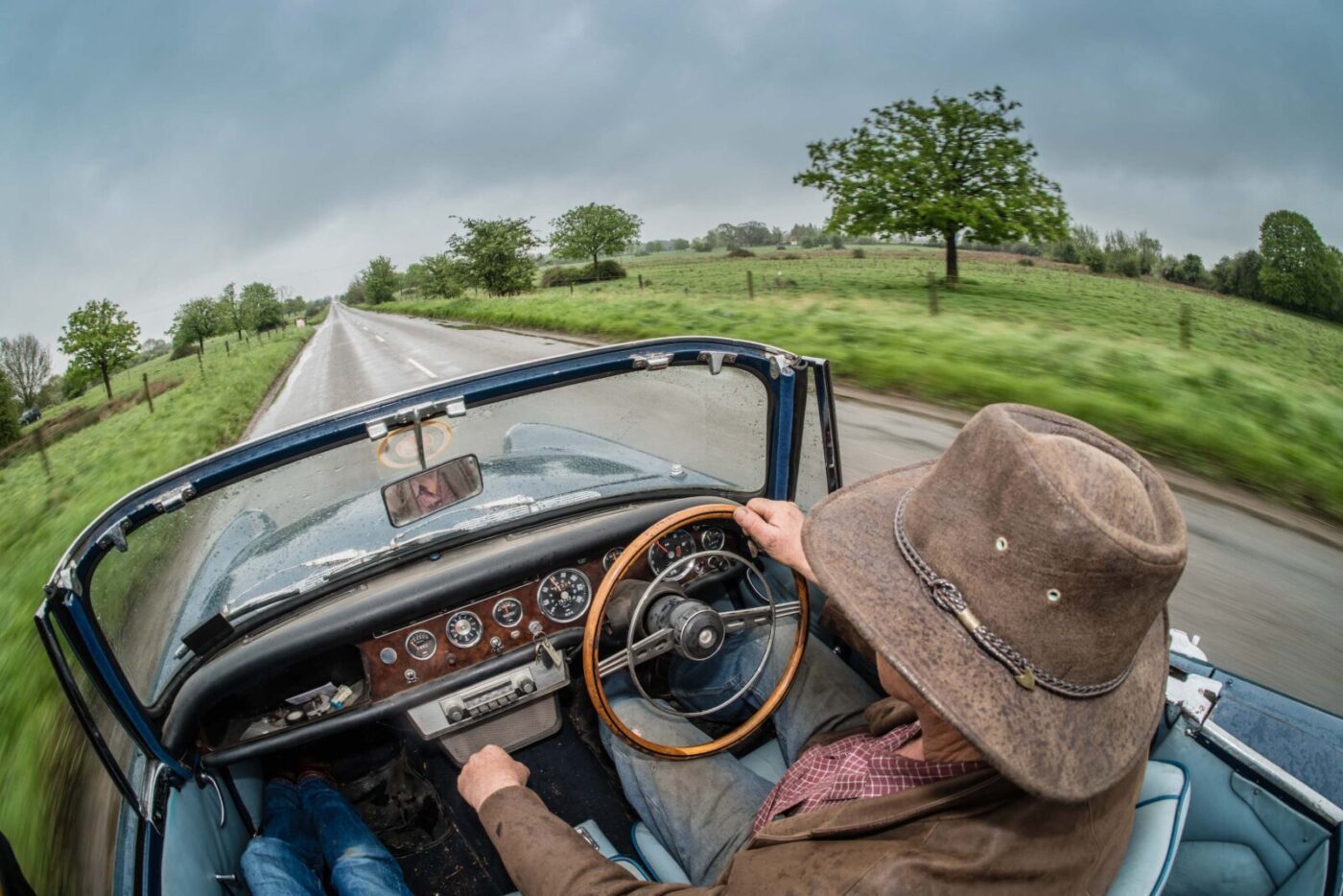
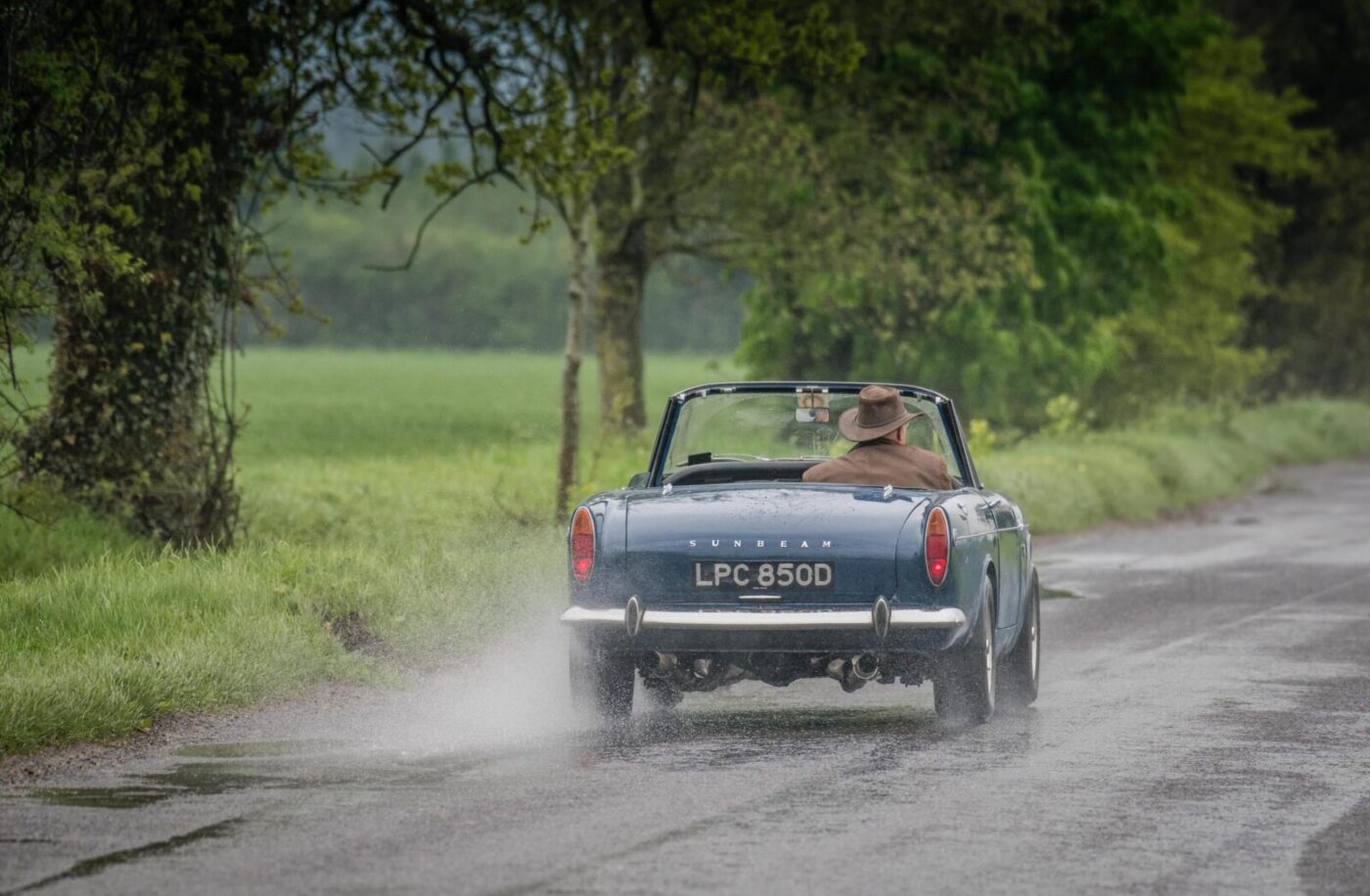
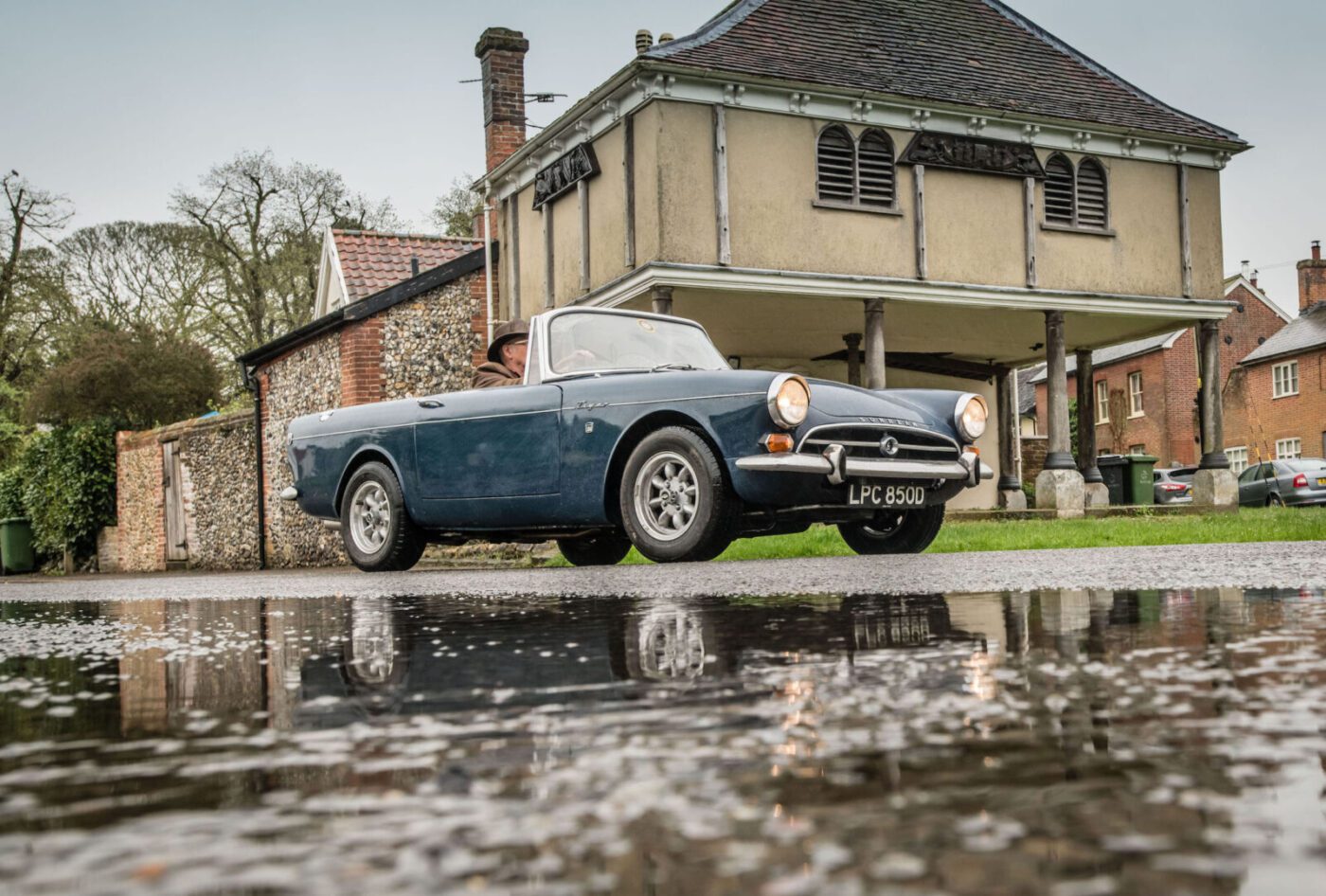
Accident-damaged wreck
An Austin Gypsy, Singer Chamois, NSU Prinz 2 and a pair of Hillman Super Minx Convertibles jostle for space in the former stables, but one car means more to Nigel than any of them – a 1966 Sunbeam Tiger he bought as an accident-damaged wreck in 1979.
“The Tiger is part of me,” he says. “I will never sell it all the while I can still get in it. The Tiger is my toy, whereas the others are just classic cars. I keep saying we’ve got to get rid of some of them because we’re running out of space.”
Sunbeam’s attempt to turn its pretty Alpine into a force to be reckoned with on the global market, the Tiger was developed by legendary racing driver Carroll Shelby, who squeezed a 4.3-litre Ford V8 under the bonnet to elevate the car into a whole new performance category.
It transformed the car from the Alpine’s country lane cruiser to a serious, 164bhp sports car capable of reaching 60mph in 8.6 seconds on its way to a top speed of 120mph.
The series 2, fitted with Ford’s 4.7-litre V8, cut the 0-60 time to 7.5 seconds, but only 633 were made for the American market before Rootes’ new owner Chrysler decided to cull the Tiger.
Even these impressive performance figures, for the 1960s at least, pale next to Nigel’s Tiger, fitted with a fuel injected 302 “roller cam” V8 from a 1980s Ford Bronco.
READ MORE ABOUT SOME OF OUR GREATEST CLASSIC CARS WITH

A series of articles on our Cult Classics site.
Phenomenal mid-range acceleration
“It produces about 500bhp,” says Nigel, a retired motor engineer whose first job was helping to build Ginetta G15s at Witham. “It’s got phenomenal mid-range acceleration, unbelievable. I just enjoy driving it, and it gives me great pleasure to know that I will out-accelerate a WRX and most modern cars.
“It can be a bit tail-end light and twitchy in the wet though, so you have to be careful!”
It was older brother Neal who got his hands on a Tiger first, having lusted after them as a Sixth Former while working part time at a Rootes dealer.
“He loved them, he thought they were the best thing since sliced bread,” says Nigel.
“He joined the RAF and eventually bought one second hand and had it for a few years. I drove it for a bit when he was posted abroad and loved it.”
Nigel wouldn’t have to wait long to get his own, thanks to a chance meeting at a petrol forecourt in 1979.
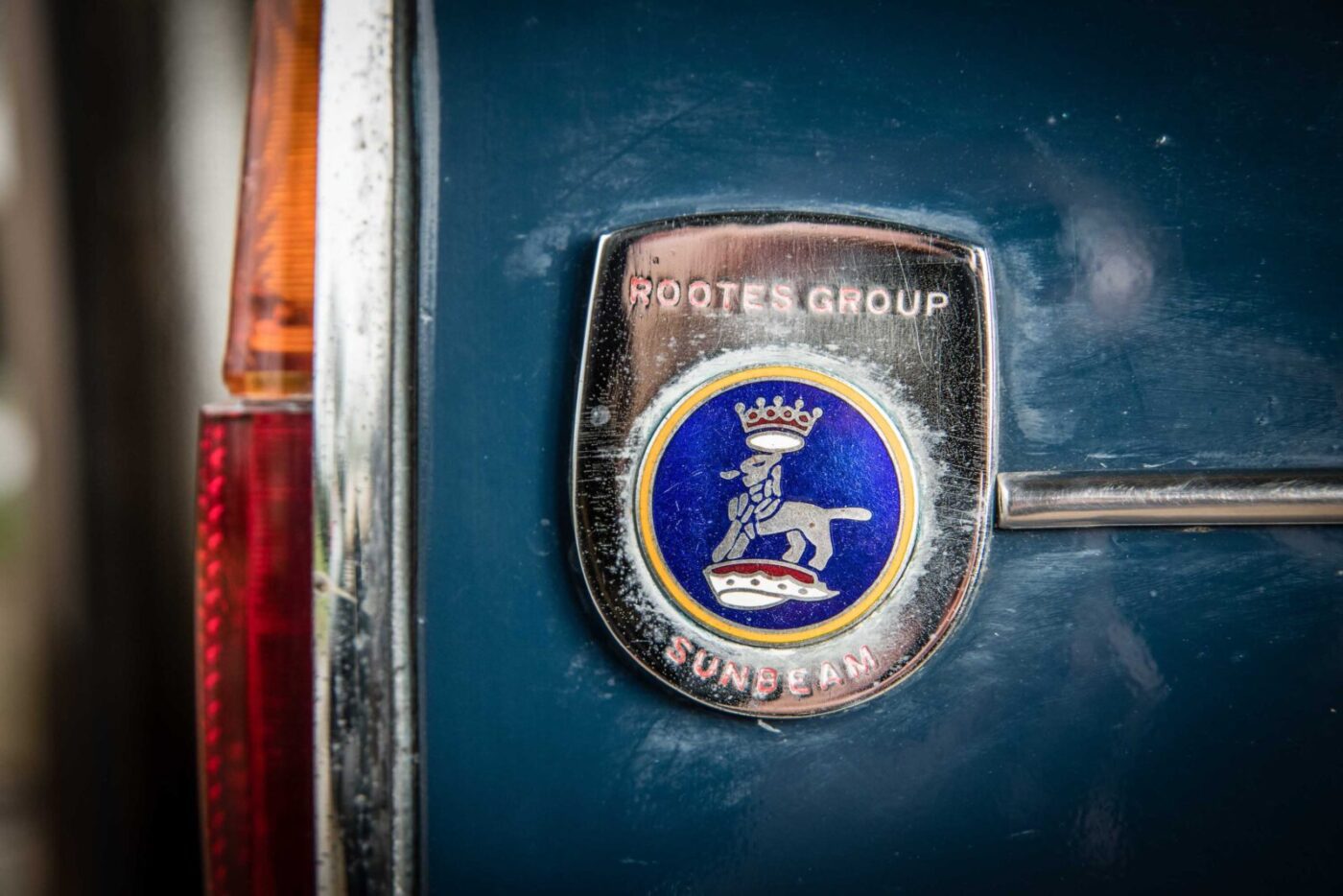
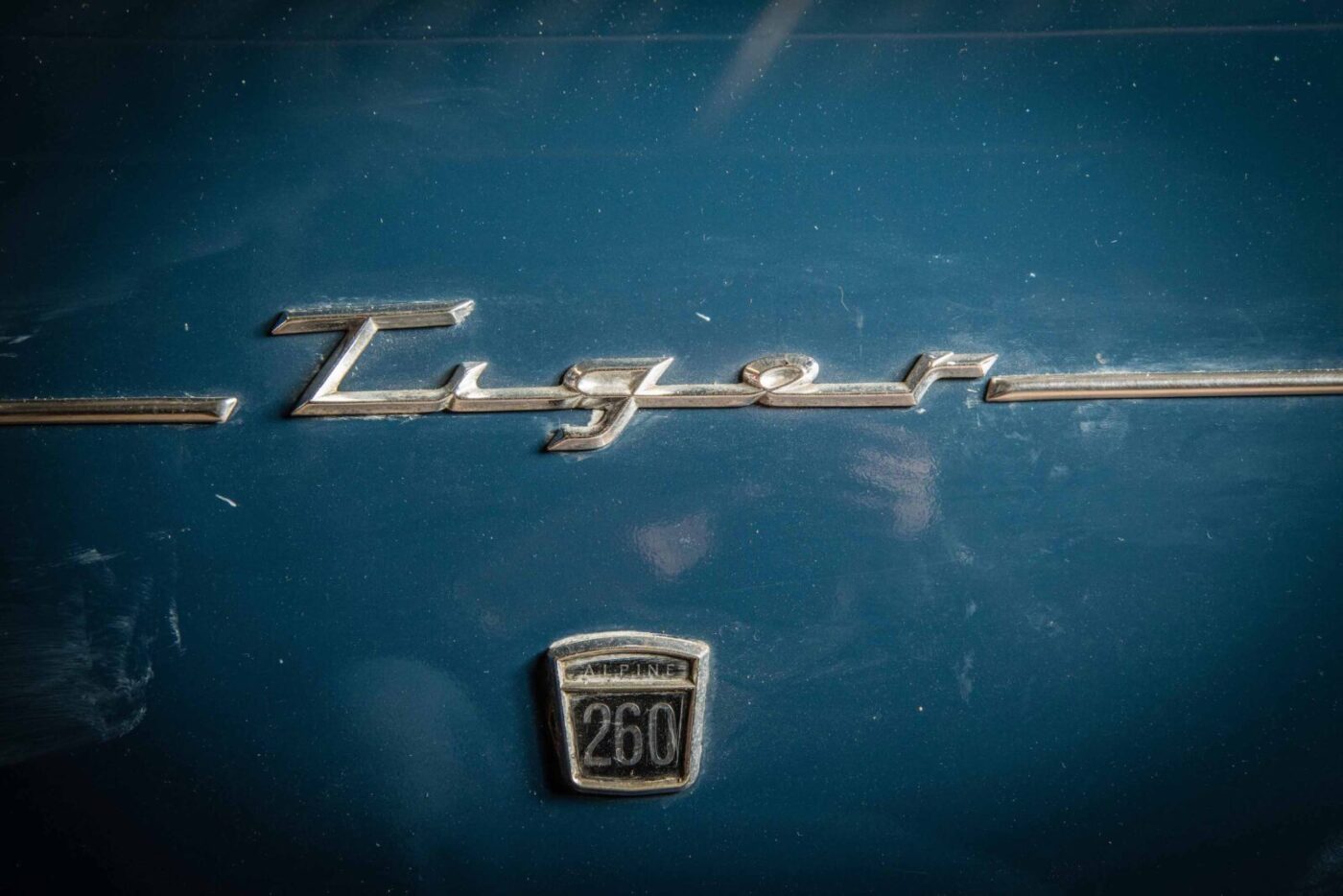
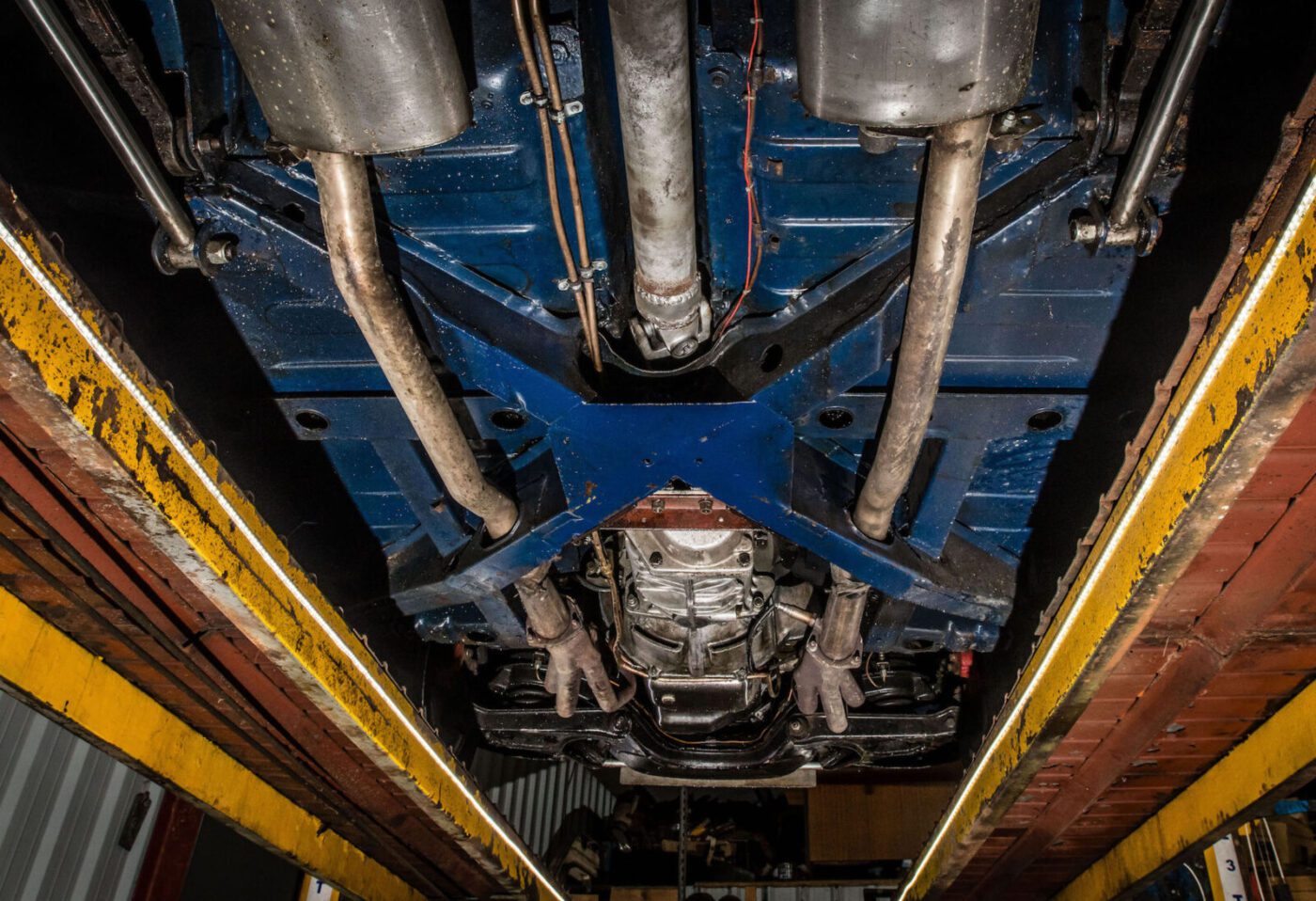
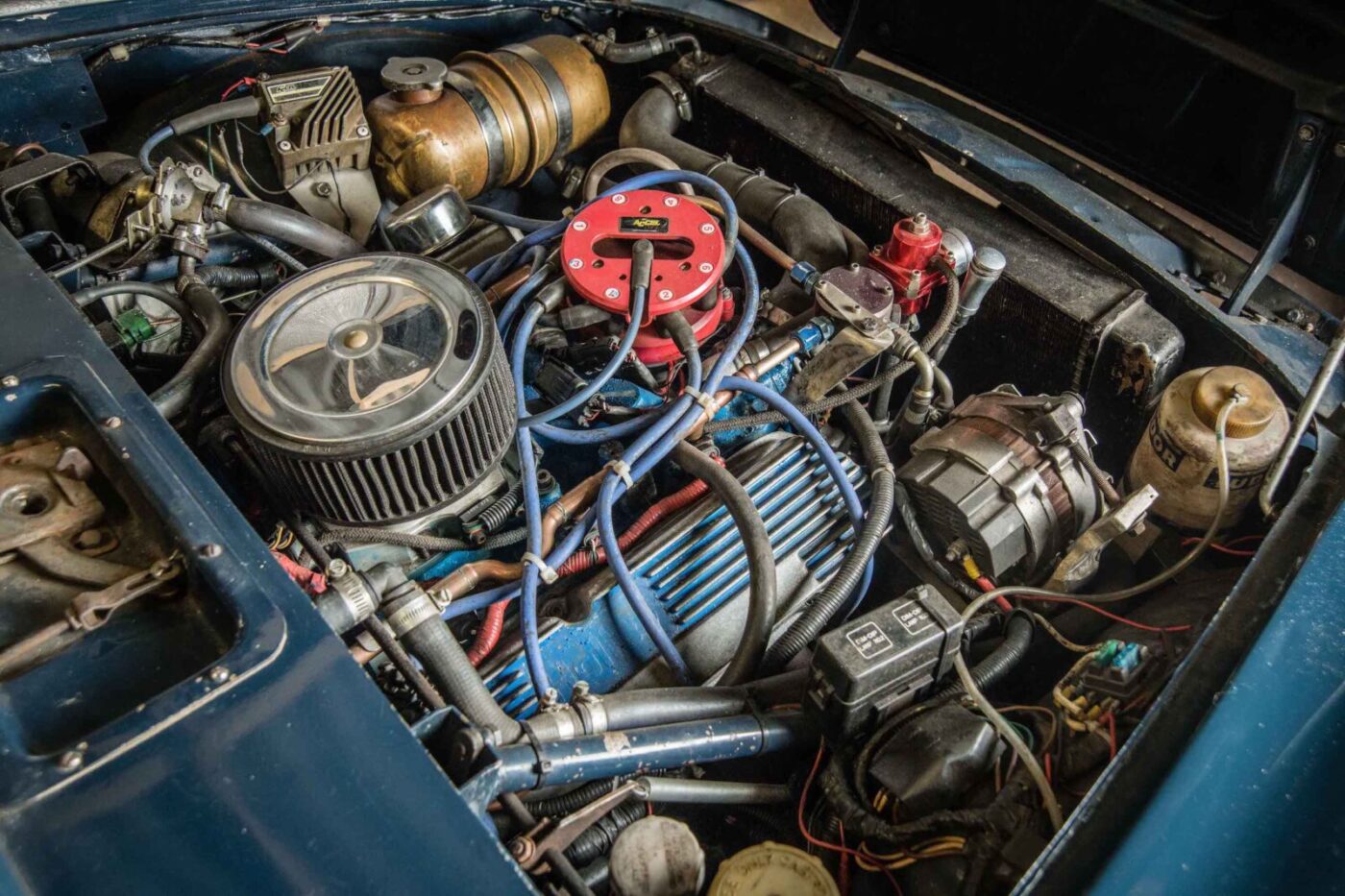
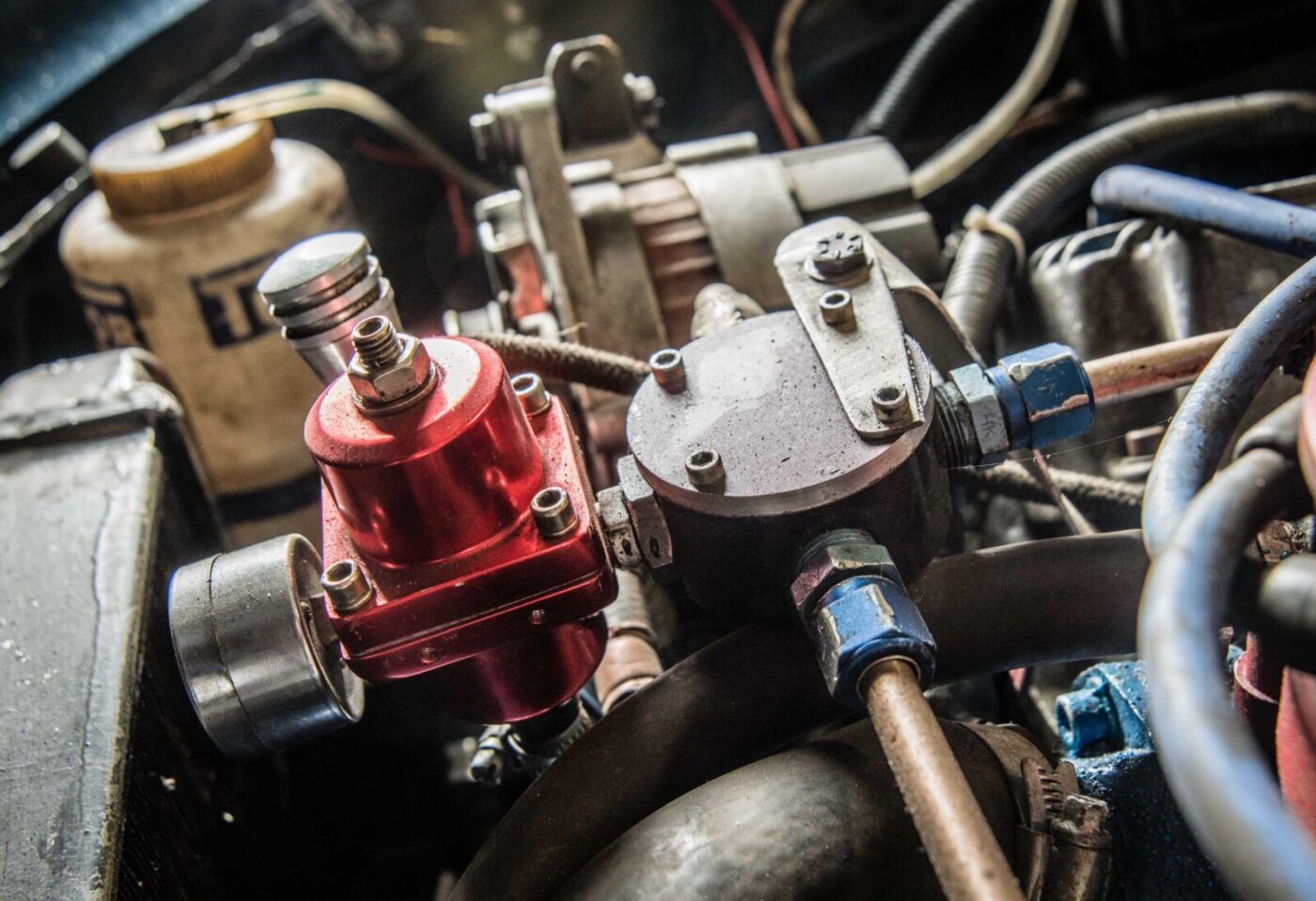
‘Is that a real Tiger?’
“Neal was out with Claire one day, they pulled in for petrol and the chap at the garage said ‘is that a real Tiger?’ Neal said yes and he said ‘Do you want another one?’
“He said, ‘I don’t, but Nigel might be interested’.”
He was right, even though the Tiger was in a sorry state when he went to take a look.
“It had belonged to the son of a Harley Street doctor, but it had been stolen and shoved into a post,” says Nigel. “It was sat in the corner of their workshop and they said they couldn’t get body parts for it – they had stopped making them by then – and were never going to get time to rebuild it.”
What the garage couldn’t do, Nigel could and, after sorting out the suspension, radiator, front wings and panels, plus some other cosmetics, the Tiger was back on the road.
“I used it for going backwards and forwards to work and have owned it ever since,” he says, only switching to smaller, more economical cars for daily use when Tiger values started to soar.
“It became a classic and started to become valuable, so then I really started to look after it and renovated it about 10 years ago, taking it back to a bare shell.
81.5% of customers could get a cheaper quote over the phone
Protect your car with tailor-made classic car insurance, including agreed value cover and discounts for limited mileage and owners club discounts

Remarkably rust-free
“It was remarkably rust-free – the underneath is so clean, and 90 per cent of the sills are still original.”
A few years later, Nigel – well used to handling huge power from his days as a tractor pulling champion – decided to upgrade the engine.
You could argue that the Tiger didn’t need even more power, but when you’ve prepared and driven a tractor with a Rolls-Royce Meteor engine pulling 2000hp, there’s always a temptation to push the boundaries.
“The old engine was getting very, very worn and I was thinking to myself ‘I’ve been doing the tractor pulling and I want more’…” says Nigel, now 66.
When he realised Ford’s 351 cu in small block was too wide for the engine bay, he settled on the 302 “roller cam” from a scrap Ford Bronco.
“This is the best engine you can get in a standard form 302,” he says. “I wasn’t familiar with the ECU and fuel mapping so had to learn how to get it right on a laptop, and it’s taken me until now to get it running reasonably properly.”
Although the bodywork remains standard, modifications include race pistons, Victor Jr race cylinder heads, a four-branch exhaust, anti-tramp bars to stop the rear axle hopping, and adjustable shock absorbers.
Despite the increased power, the brakes are standard, though Nigel says: “I use aircraft brake fluid so it doesn’t boil, and it stops without any problem at all.
“I’ve kept the original engine, so it would be quite easy for me to put it back to how it came out of the factory if I ever did want to sell it with matching numbers.”
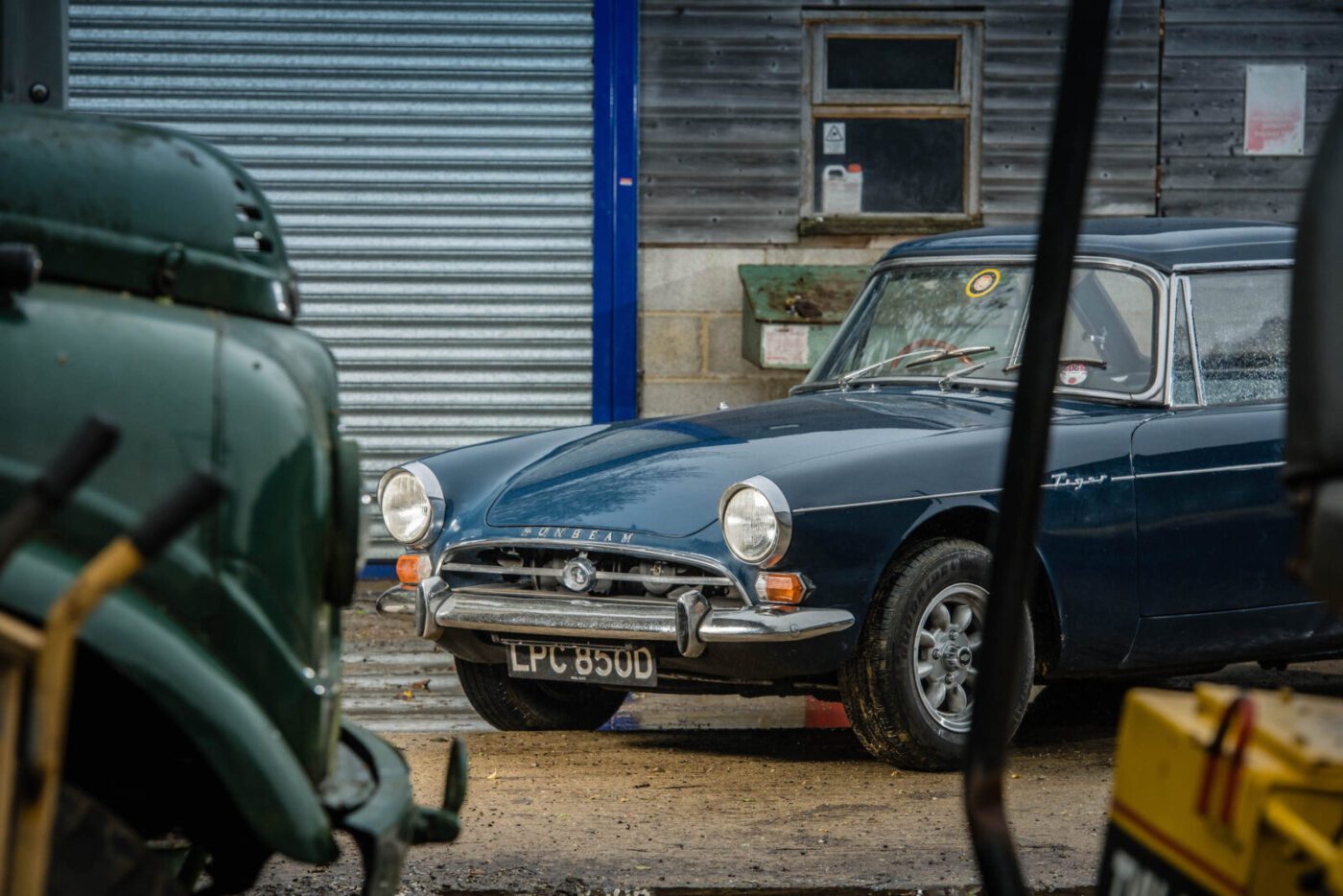
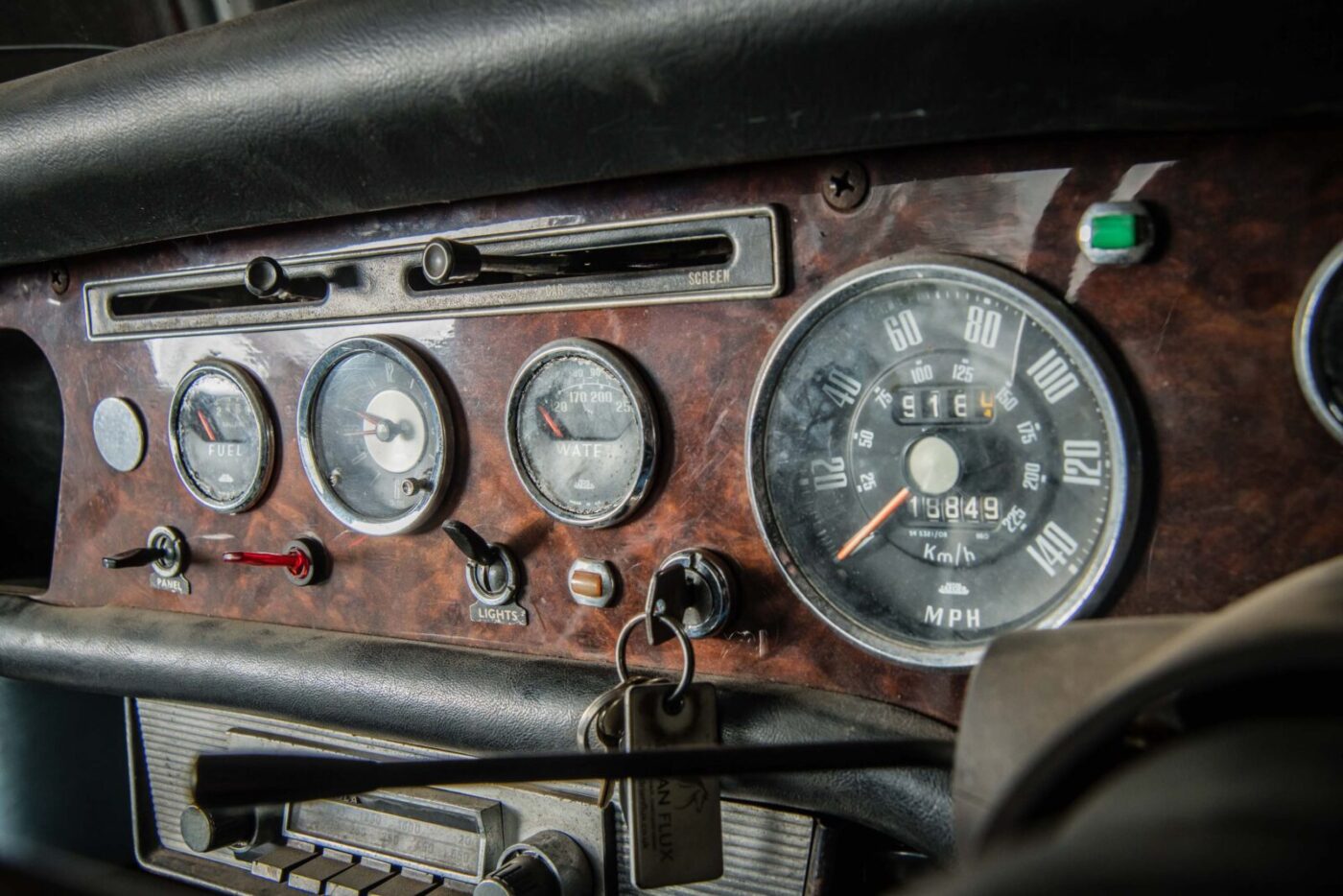
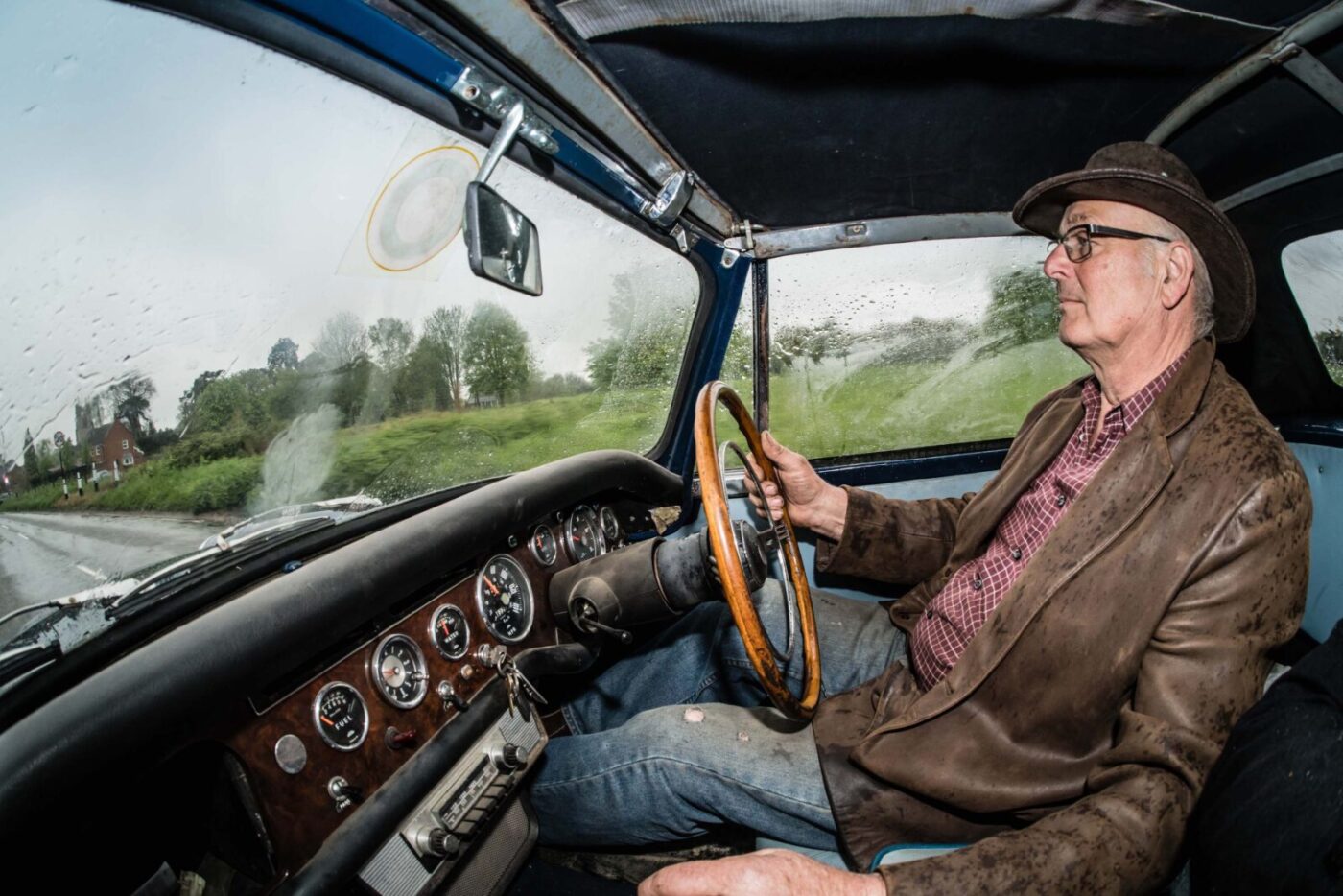
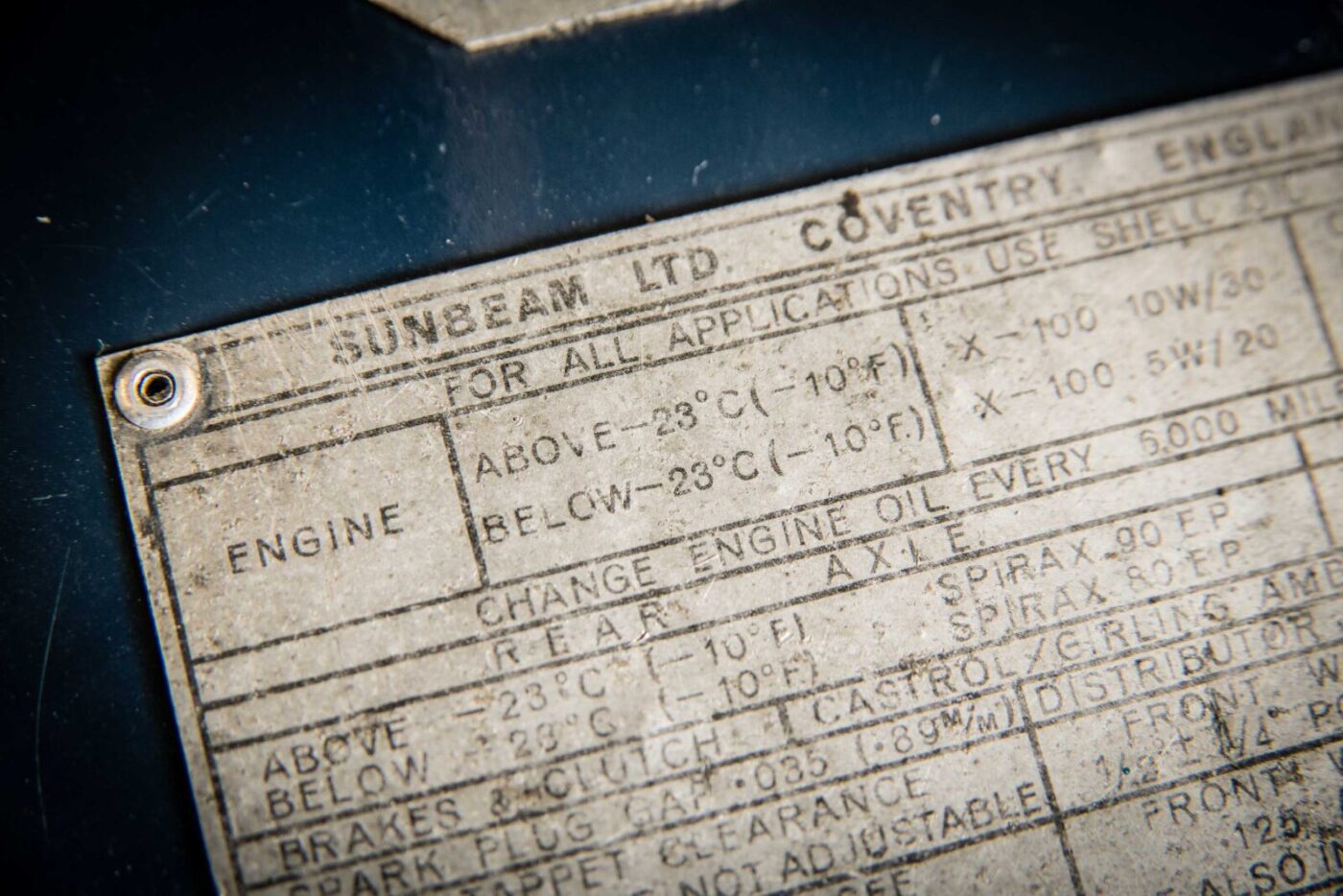
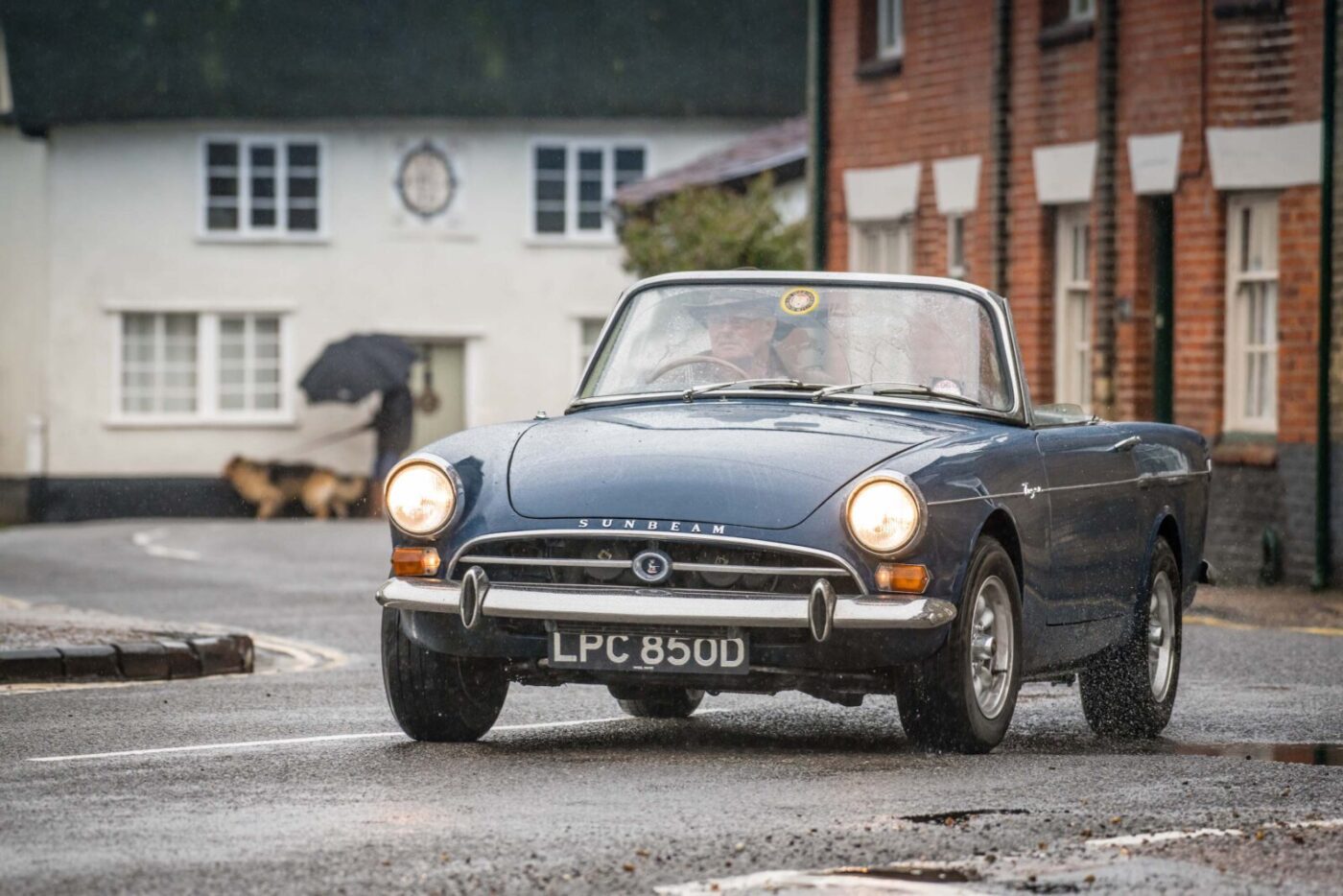
A walk through a motoring past
Nosing around the workshops that Nigel shares with his big brother is like taking a walk back through his motoring past; there’s a reason every car is there, and a story behind them all.
“It wasn’t until the Tiger started getting valuable that I really took an interest in classics and started renovating them,” he says.
“I was in my late 50s, early 60s and was running down the business and had a bit more time.”
Having set up his own engineering business when he was made redundant following the closure of the garage where he worked near his Clacton home, Nigel had all the equipment required to indulge his new-found passion.
“Most of the cars here have been rescued,” he says. “I thought I’d buy them and do them up. I did the Tiger first and then it snowballed from there.”
There’s the Ashley 750, a tiny fibreglass-bodied roadster based on an Austin 7 chassis, a gift from his father when Nigel was 15.
“It came in boxes and I had to put it all together,” he remembers. “Father bought it for me to learn how it works.
“Eventually I put it all together and got it going, took it to the garage where I was working at the time and on the way back home the big ends went. I repaired it and it did it again, so I lost my rag with it and shoved it in my lock up garage.
“Four or five years ago Neal came down to stay, he lived near Peterborough and I was in Clacton, and said ‘what are we going to do over Christmas? It’s about time we got the Ashley on the road’.
“We put in a Reliant Kitten engine with a supercharger and it’s been on the road ever since.”
Most of the other cars are there for a reason: the Austin Gypsy bought from a scrapyard similar to the one Nigel learned to drive in, the 1959 NSU Prinz 2 bought three years ago in honour of the first car Nigel owned after passing his test, and a barn-find early Singer Chamois that reminds him of owning several Hillman Imps in his youth.
A pair of Hillman Super Minx convertibles, one a donor car for the other which is under restoration, hark back to Nigel’s fourth car.
“I bought one for £65 years ago, did loads of miles in it and thoroughly enjoyed it. I’ve always been looking for another one,” he says.
READ MORE ABOUT SOME OF OUR GREATEST CLASSIC CARS WITH

A series of articles on our Cult Classics site.
All these cars take me back
“It’s about the nostalgia, all these cars take me back and we always say we should have kept all the original cars, but of course you never can.”
The rarest car is the Strada, one of only three ever made in Saxmundham, Suffolk, bought for “scrap money” and restored primarily for its rarity value.
A Comma TS3 (“the king of the road in trucks in its day”) and a rare Carrimore trailer live outside, while the Rolls-Royce Meteor engine takes up space inside.
“It came from a Centurion tank from the 1980s used in the Gulf War,” says Nigel. “It’s basically a Spitfire engine without the superchargers.
“Neal has a friend who runs a company called Tanks A Lot, and we got it cheap and used it for tractor pulling.”
The brothers got into the niche motorsport in the early 1990s after seeing it at a show and thinking: “This is great, we can do this.”
“We put a Jaguar V12 in a little tractor in the smallest class you can do and from there it just grew,” says Nigel.
“We blew the Jag up and decided to use a bigger engine. As Neal was in the RAF he managed to persuade them to part with a scrap jet turbine sitting under the desk in the workshop.
“We cobbled it on to a chassis and got it running but didn’t know how to turn it off! We spent a few years getting all the bugs out of it and building a transmission that didn’t explode every time we gave it some.
“At one point we were running three tractors and we were British champions for four or five years until the money got involved and we stopped enjoying it. It was costing us £1,000 for a weekend, for a couple of minutes on the track and we weren’t getting enough bang for out buck, so we quit.”
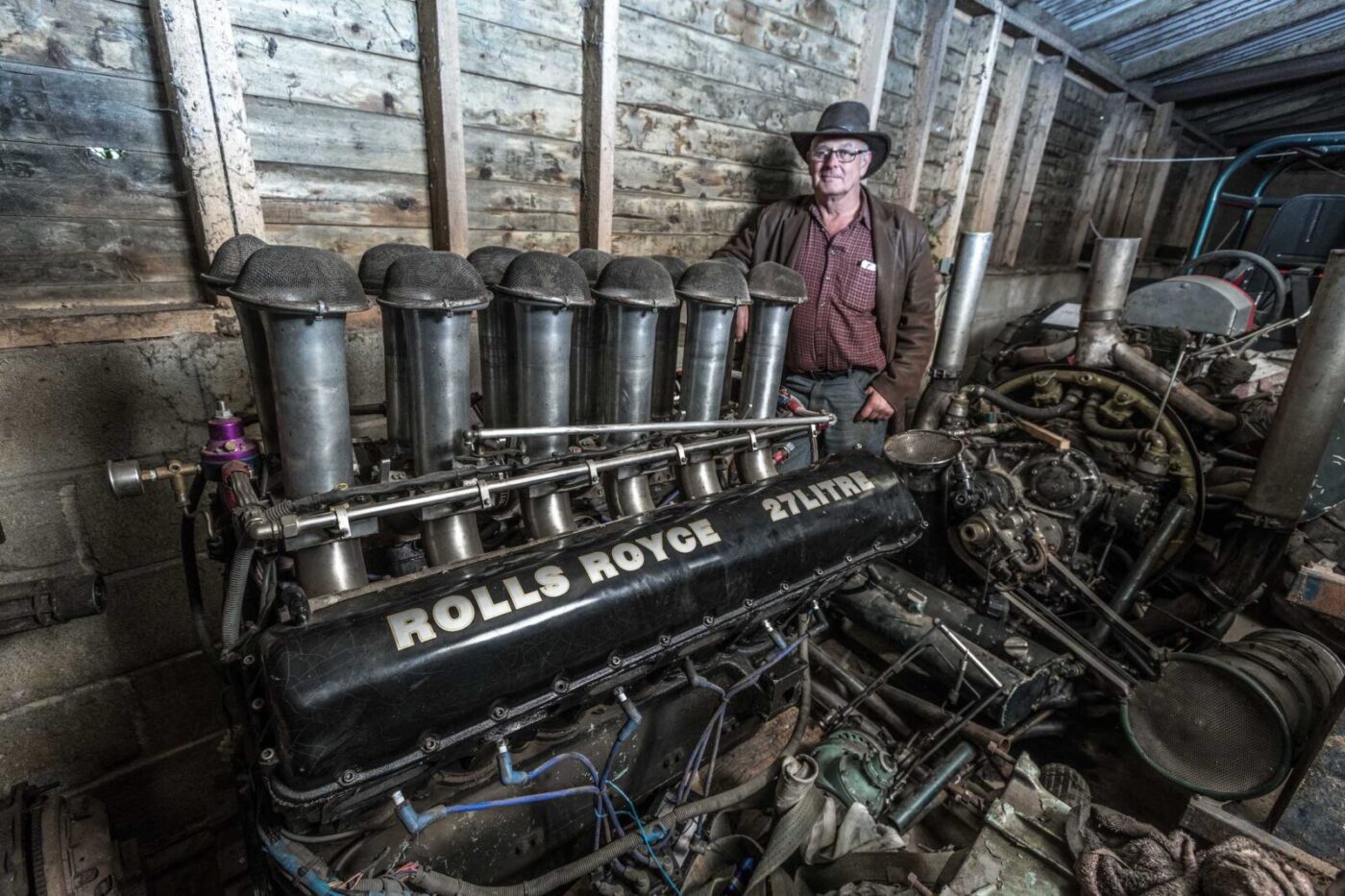
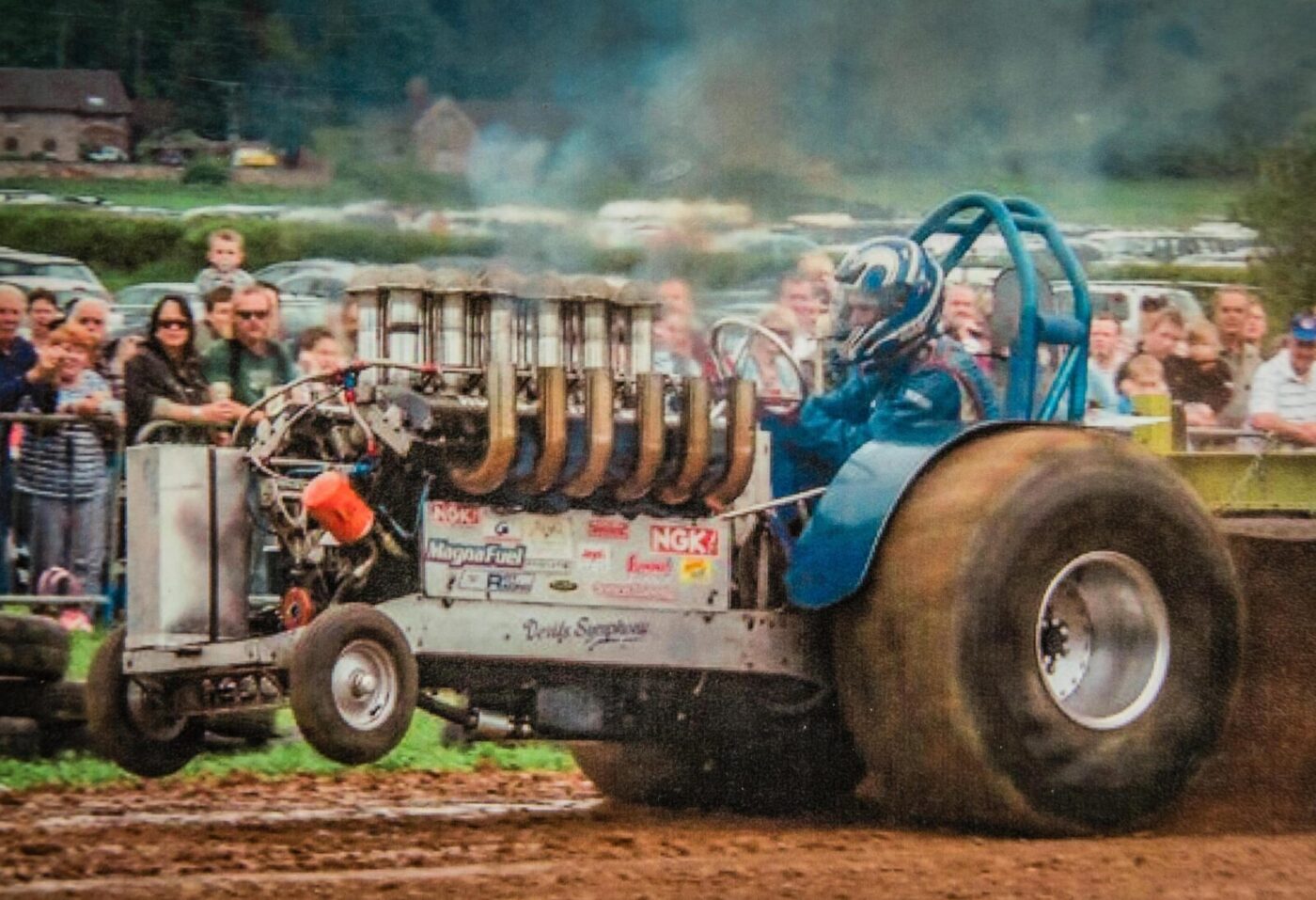
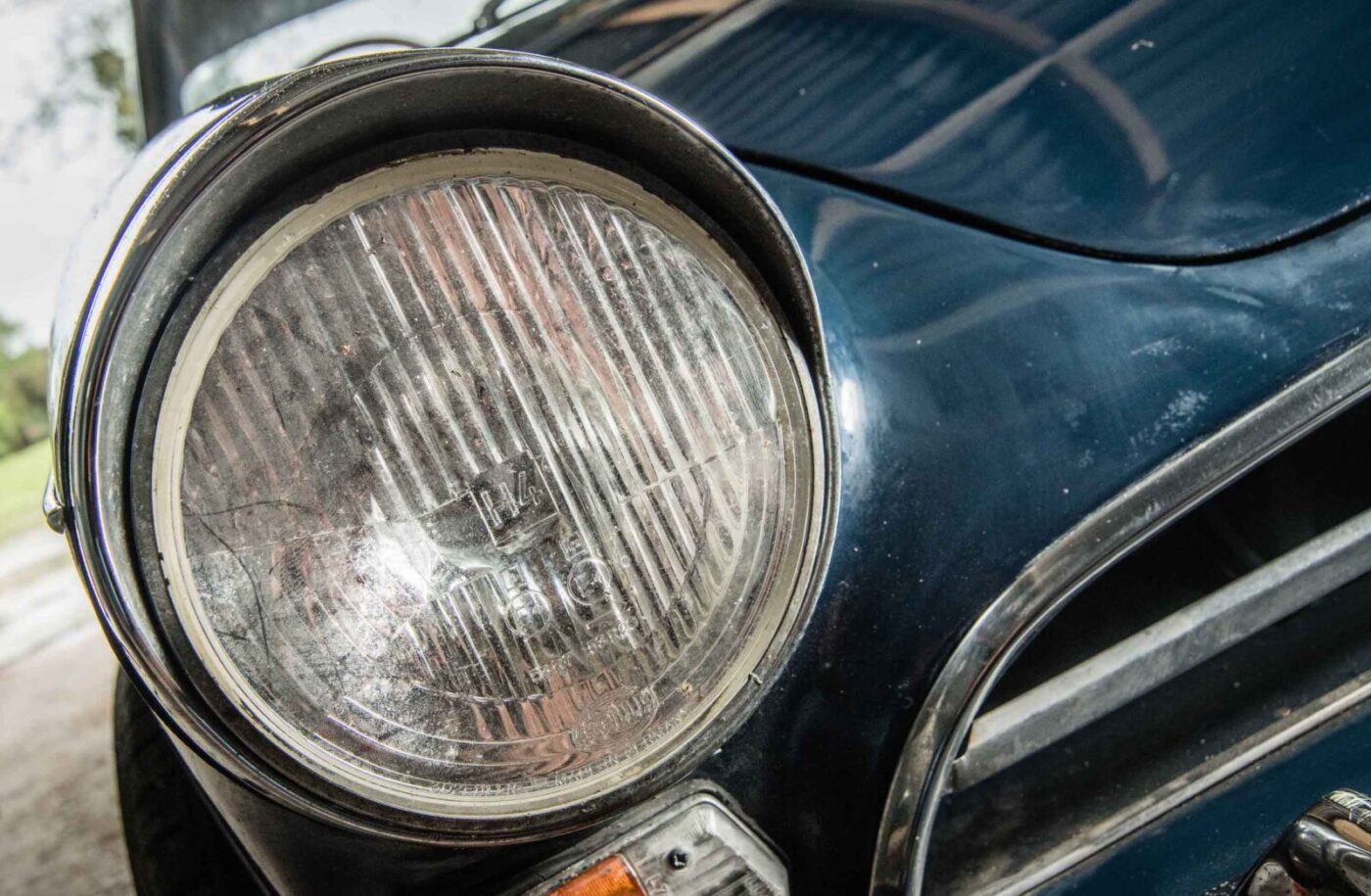
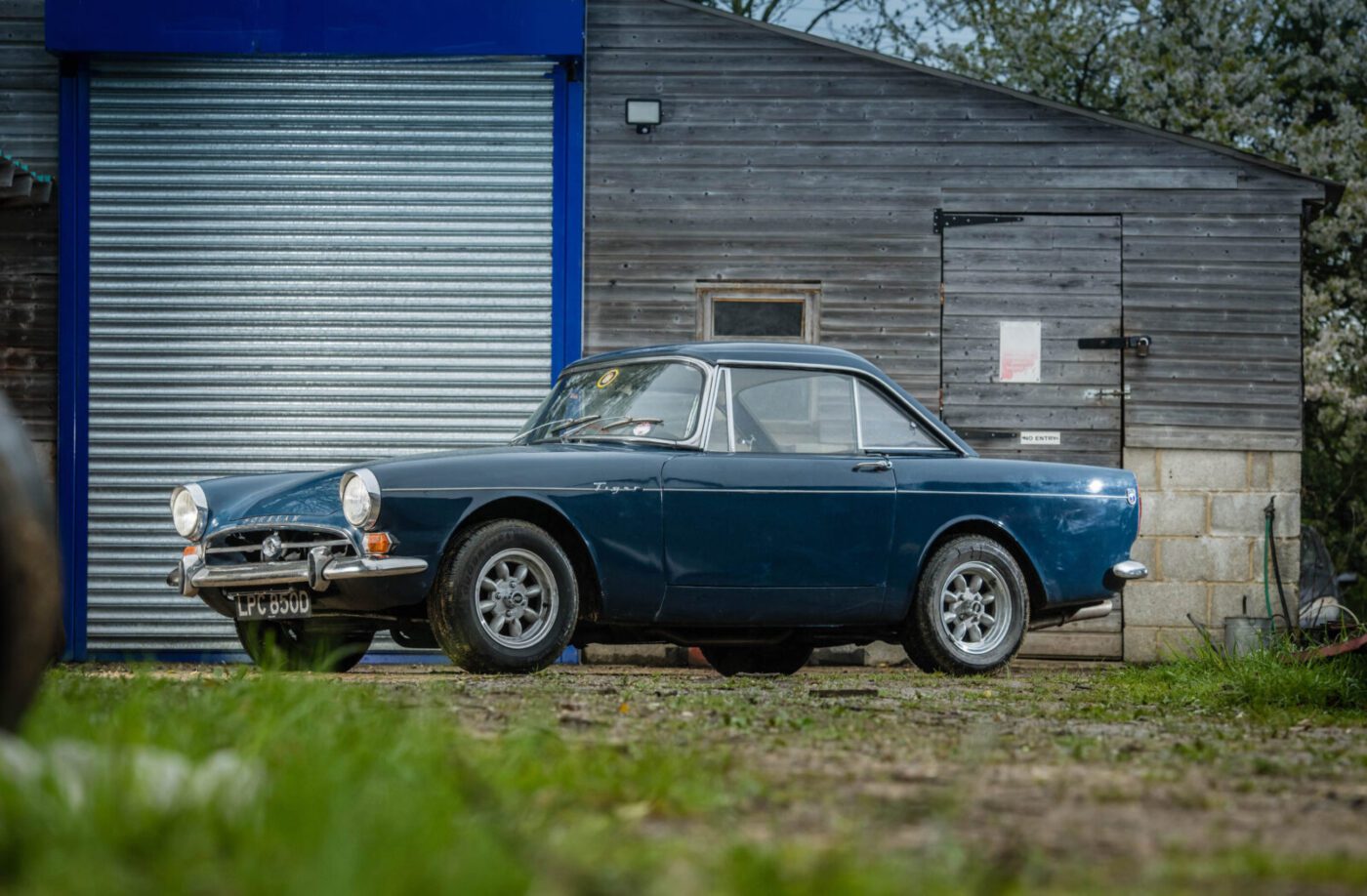
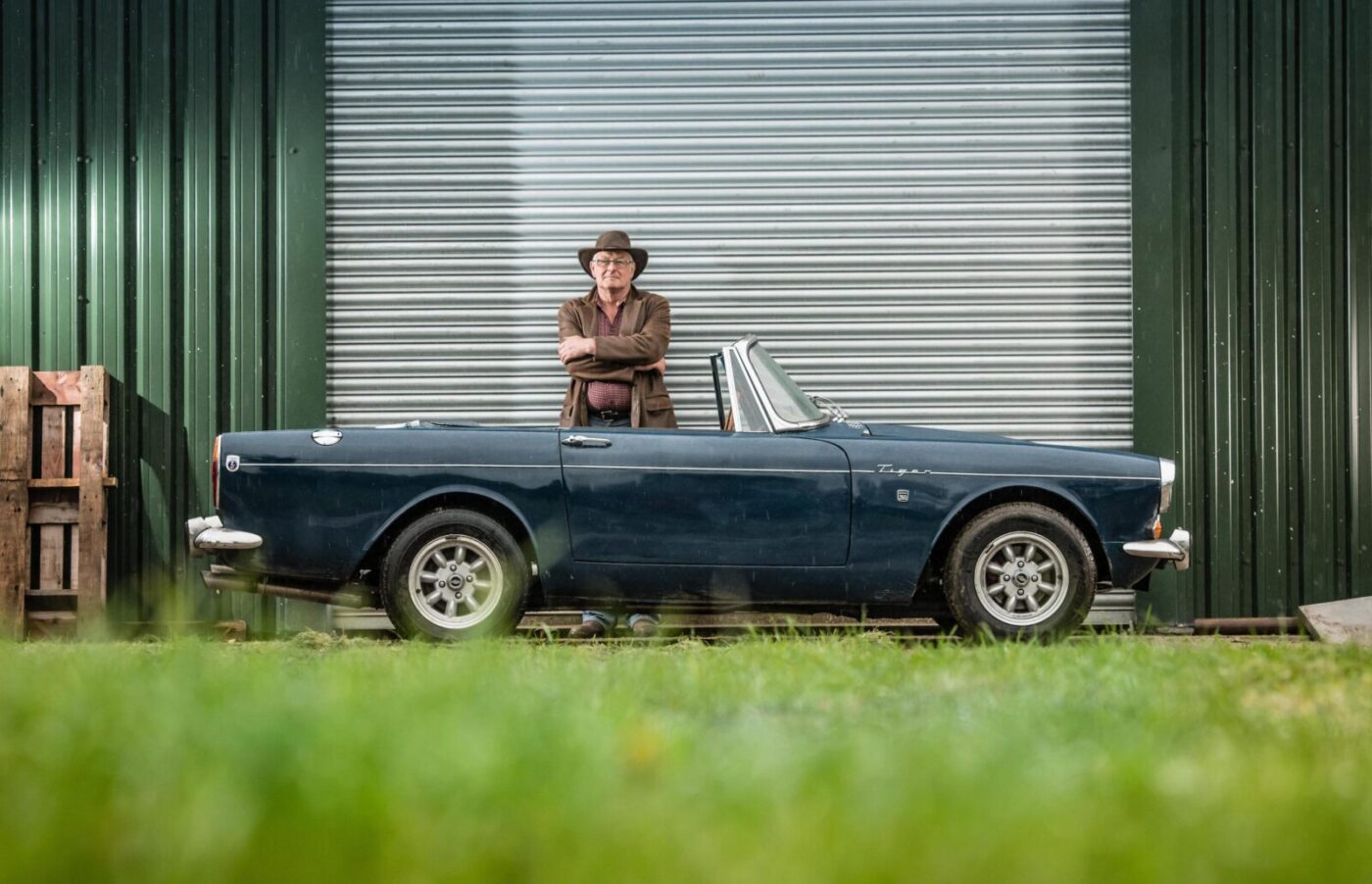
The immovable object and the irresistible force
For the uninitiated, tractor pulling involves dragging a sledge as far as possible along a 100m clay track – the furthest distance travelled is the winner.
“The further you go the heavier the sledge gets – it’s a battle between the immovable object and the irresistible force,” says Nigel.
The tractor pulling may be in the past, but the engine remains as part of an eclectic collection that has only grown since the brothers each sold their homes and decamped to Norfolk and the space to indulge their hobbies and enjoy their retirement.
“We were looking for somewhere halfway between Peterborough and Clacton, and this place with two acres of grounds came up at the right moment,” says Nigel.
“It needed a shedload doing to it – it was in a hell of a state – but it had the space to build the workshop, and we love it here.
“It’s like moving back 20 years, so peaceful and laid back and the people are so polite. We can’t get over the fact that people stop to let you out of junctions and to cross the road.”
In the midst of all this tranquility, you may occasionally hear the roar of a Tiger, a beefed-up classic roadster that’s been part of Nigel’s life for nearly 40 years, and counting…
“These days it gets used for going to shows and sunny days – it’s nice to take it out and and go for a blast,” says the man who has brought his motoring past with him into the 21st century.

